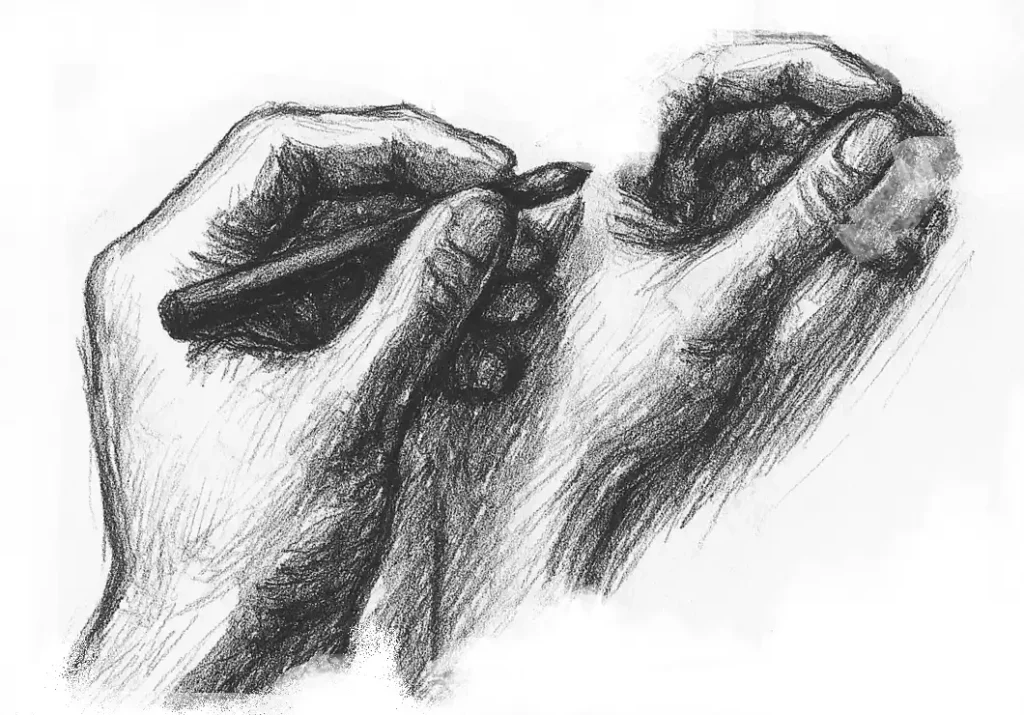Every artist develops a preference for certain materials, and charcoal is no exception. The type you choose depends on your technique, subject, and working style. Here’s how to decide which charcoal best fits your creative approach:

Every artist develops a preference for certain materials, and charcoal is no exception. The type you choose depends on your technique, subject, and working style. Here’s how to decide which charcoal best fits your creative approach:
If you like loose, flowing lines and spontaneous mark-making, go for vine or willow charcoal. Both respond beautifully to variation in pressure and are easy to erase — perfect for capturing movement or mood without overthinking the details.
Artists focusing on depth, subtle gradation, and controlled light–shadow transitions will benefit from combining willow and compressed charcoal. The softness of willow allows for smooth transitions, while compressed charcoal provides solid blacks and sharper definition.
Pair With: Mid-tone drawing paper for balanced contrast.
When you need control without sacrificing the texture of charcoal, charcoal pencils are ideal. They’re less messy, travel easily, and work well for detailed outlines or mixed media where you combine charcoal with ink or pastel.
If you love intense blacks, strong highlights, and bold composition, compressed charcoal is the way to go. It’s perfect for moody landscapes, abstract works, or powerful figure studies where contrast defines the mood.
Charcoal combines well with graphite, pastel, and even ink. For layered drawings, start with vine or willow to block forms, then overlay compressed charcoal or pencils for structure and tone.
| Type | Tone Range | Erasability | Best For | Recommended Product |
| Vine Charcoal | Light–Medium | Excellent | Gesture drawings, studies | Winsor & Newton Vine Charcoal |
| Willow Charcoal | Medium–Dark | Very Good | Portraits, life drawing | Derwent Willow Charcoal |
| Compressed Charcoal | Dark–Black | Moderate | Finished drawings, bold work | Conte à Paris Compressed Charcoal |
| Charcoal Pencils | Medium–Dark | Good | Details, outlines | General’s Charcoal Pencil Set |
The best approach is to experiment with more than one type. Try starting your sketch with vine or willow, adding depth with compressed charcoal, and refining details with charcoal pencils. You’ll quickly discover a combination that suits your individual style.
If you’re looking to deepen your understanding of charcoal and expand your drawing library, these top-rated books provide excellent instruction, inspiration and techniques.
Affiliate links help support this site at no extra cost to you. Thank you for using them.